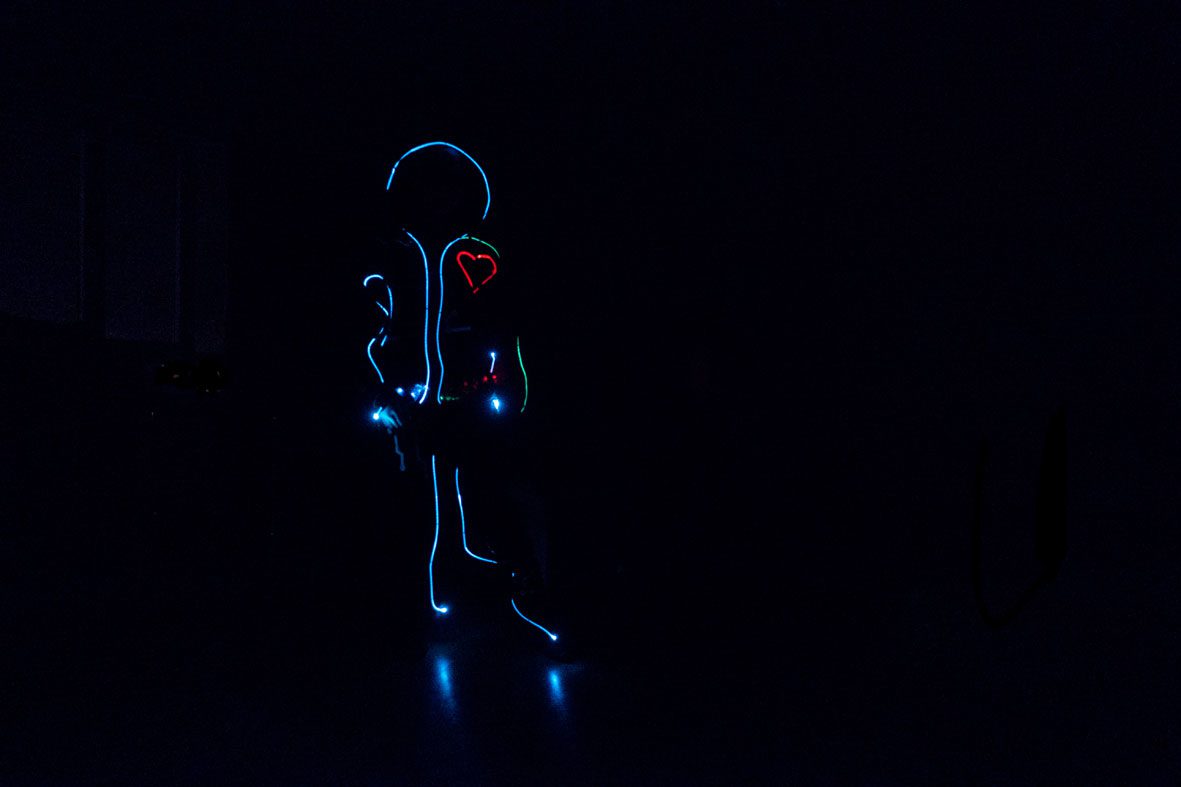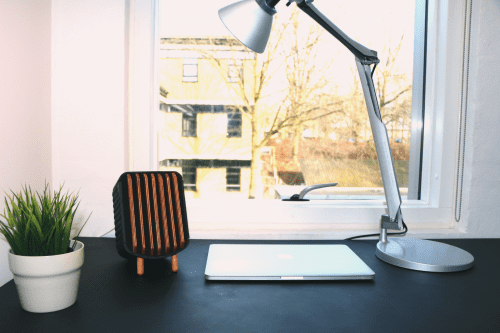Schlagwort: students
-

Ada Computer Science: A year in review
Reading Time: 5 minutesWith the new academic year fully under way in many parts of the world, it’s the perfect time to reflect on the growth and innovations we’ve achieved with the Ada Computer Science platform. Your feedback has helped us make improvements to better support teachers and students — here’s a look back at…
-

Dance magic, dance
Reading Time: 2 minutes Firstly, I’d like to apologise for rickrolling you all yesterday. I would LIKE to, but I can’t — it was just too funny to witness. But as I’m now somewhat more alive and mobile, here’s a proper blog post about proper things. And today’s proper thing is these awesome Raspberry Pi–powered dance…
-

3D-printed speakers from the Technical University of Denmark
Reading Time: 3 minutesStudents taking Design of Mechatronics at the Technical University of Denmark have created some seriously elegant and striking Raspberry Pi speakers. Their builds are part of a project asking them to “explore, design and build a 3D printed speaker, around readily available electronics and components”. The students have been uploading their designs, incorporating Raspberry…


